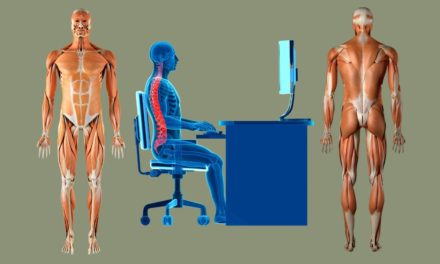Introduction
Arthritis is a widespread and debilitating disease that affects millions of people worldwide. It refers to a group of inflammatory conditions that primarily target the joints, causing pain, stiffness, and reduced mobility. In this comprehensive article, we will delve into the various types of arthritis, their causes, symptoms, and available treatment options to help you better understand this condition and take proactive steps towards managing and living with arthritis.
Types of Arthritis
There are more than 100 different types of arthritis, but the two most common forms are:
- Osteoarthritis (OA): This is the most prevalent type of arthritis, characterized by the degeneration of joint cartilage over time. It commonly affects weight-bearing joints such as the knees, hips, and spine.
- Rheumatoid Arthritis (RA): An autoimmune disease where the body’s immune system attacks the synovium (the lining of the membranes surrounding the joints), causing inflammation, joint damage, and pain.
Causes and Risk Factors
While the exact causes of arthritis remain unclear, certain risk factors increase the likelihood of developing the disease:
- Age: The risk of arthritis, especially osteoarthritis, increases with age as the wear and tear on joints accumulate over time.
- Genetics: Family history plays a significant role in determining the susceptibility to certain types of arthritis, particularly rheumatoid arthritis.
- Gender: Women are more prone to developing rheumatoid arthritis, whereas men are at higher risk for gout, another type of arthritis.
- Lifestyle Factors: Obesity, sedentary habits, and poor diet can contribute to the development and progression of arthritis.
- Joint Injuries: Previous injuries or trauma to joints can lead to the early onset of arthritis.
Common Symptoms
Arthritis can manifest differently depending on the type and severity, but some common symptoms include:
- Joint Pain: Persistent pain in one or multiple joints, often worsened by movement or prolonged inactivity.
- Joint Stiffness: Feeling stiff and finding it challenging to move joints, especially in the morning or after extended periods of rest.
- Swelling and Inflammation: Joints may become swollen, tender, and warm to the touch due to inflammation.
- Reduced Range of Motion: Arthritis can limit the full range of motion in affected joints.
- Fatigue: Many individuals with arthritis experience fatigue and a sense of general malaise.
Treatment Options
While there is no cure for arthritis, several treatment options aim to manage symptoms, slow disease progression, and improve the quality of life for those affected:
- Medications: Nonsteroidal anti-inflammatory drugs (NSAIDs), disease-modifying antirheumatic drugs (DMARDs), and biologics are commonly prescribed to control inflammation and pain.
- Physical Therapy: Customized exercises and stretches can help improve joint flexibility, strength, and function.
- Lifestyle Changes: Maintaining a healthy weight, adopting an anti-inflammatory diet, and avoiding activities that exacerbate symptoms can be beneficial.
- Assistive Devices: Splints, braces, or canes can provide support and reduce pressure on affected joints.
- Surgery: In severe cases, joint replacement surgery may be necessary to alleviate pain and restore mobility.
Result
Arthritis is a complex and challenging condition that requires early diagnosis and proper management. Understanding the different types of arthritis, their causes, and common symptoms empowers individuals to take an active role in their health and seek appropriate treatment options. With the right approach and a comprehensive treatment plan, individuals living with arthritis can regain control of their lives and lead a fulfilling and pain-free existence. Always consult a healthcare professional for personalized guidance and support in managing arthritis.










